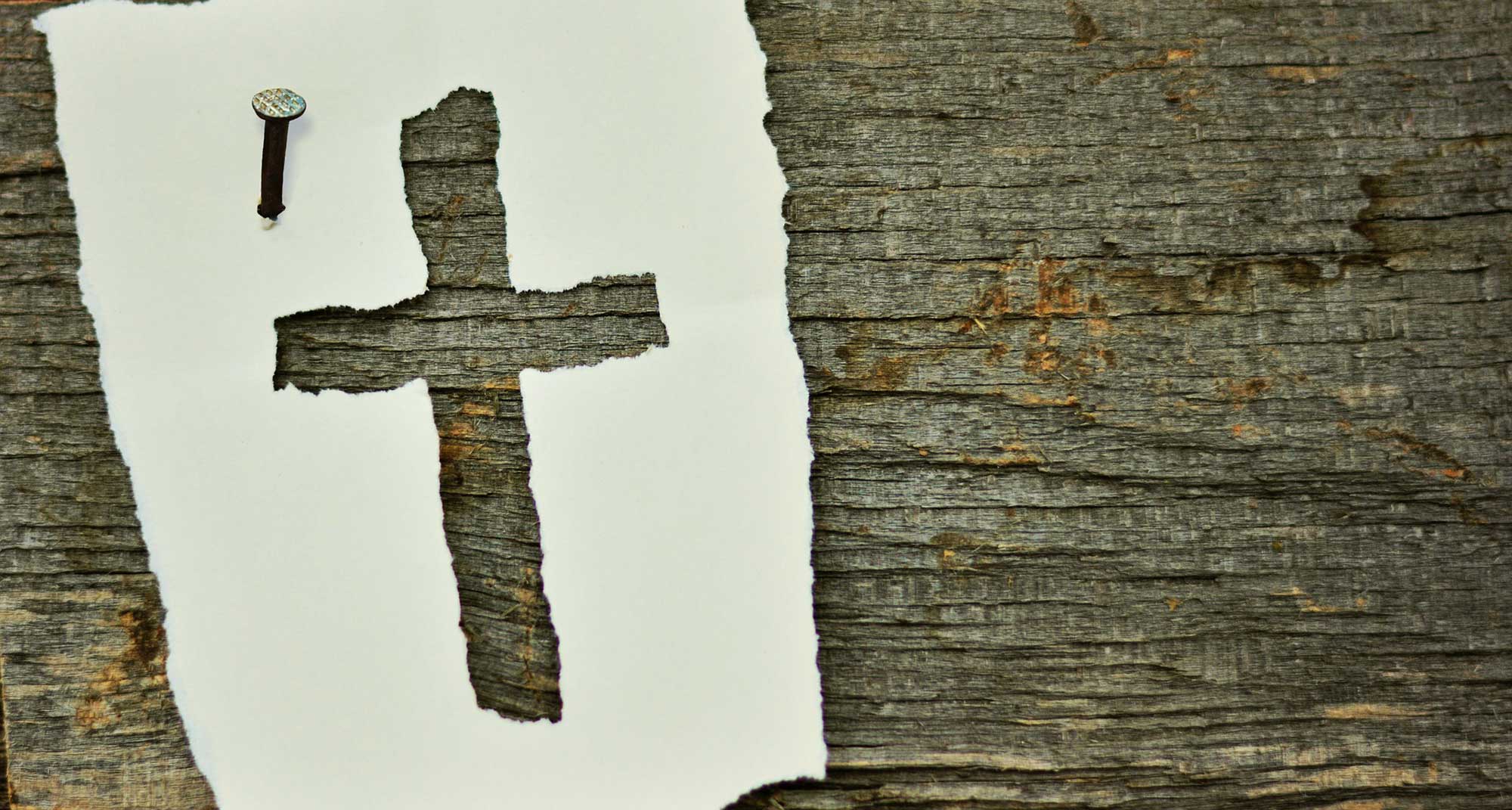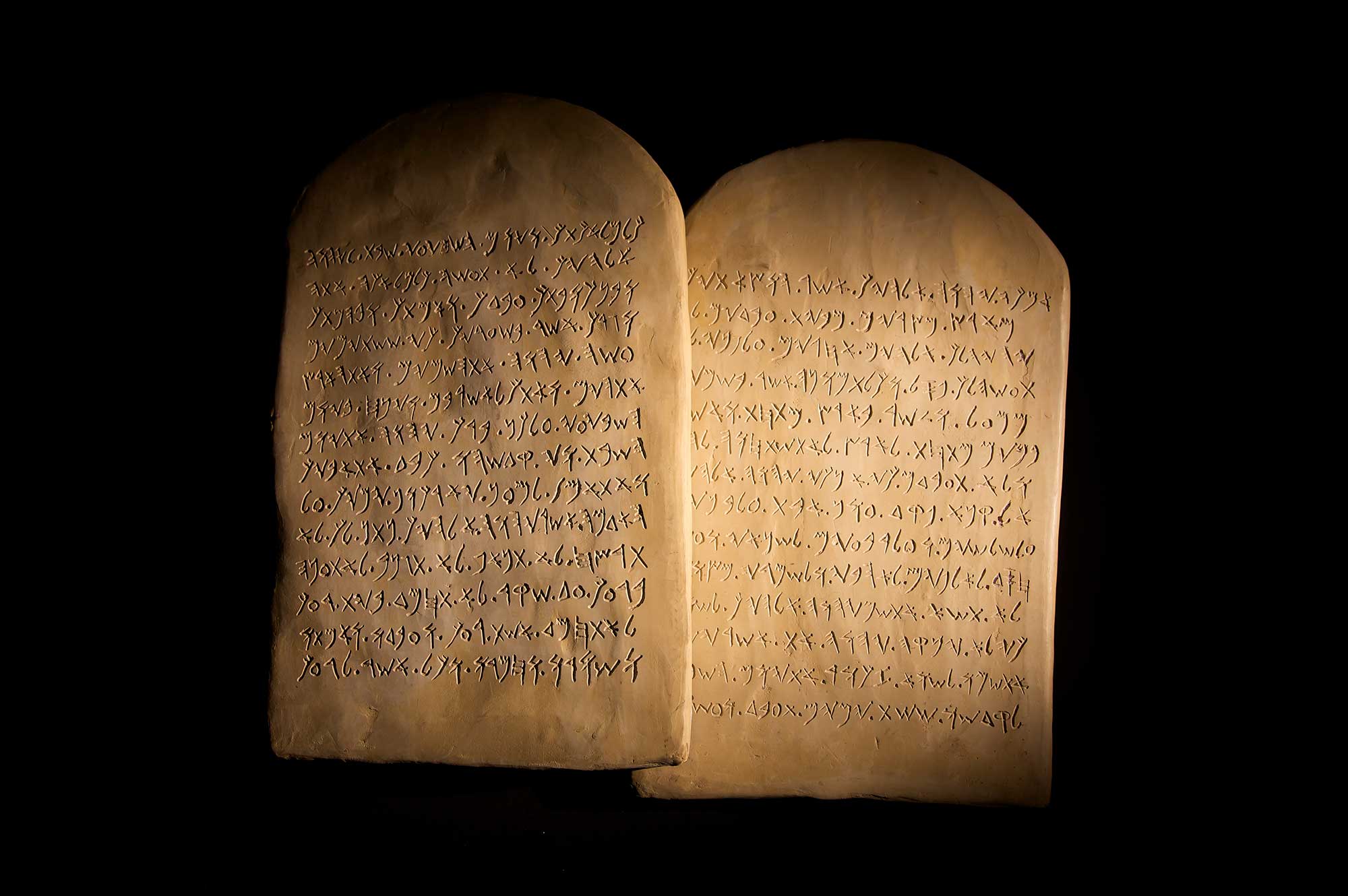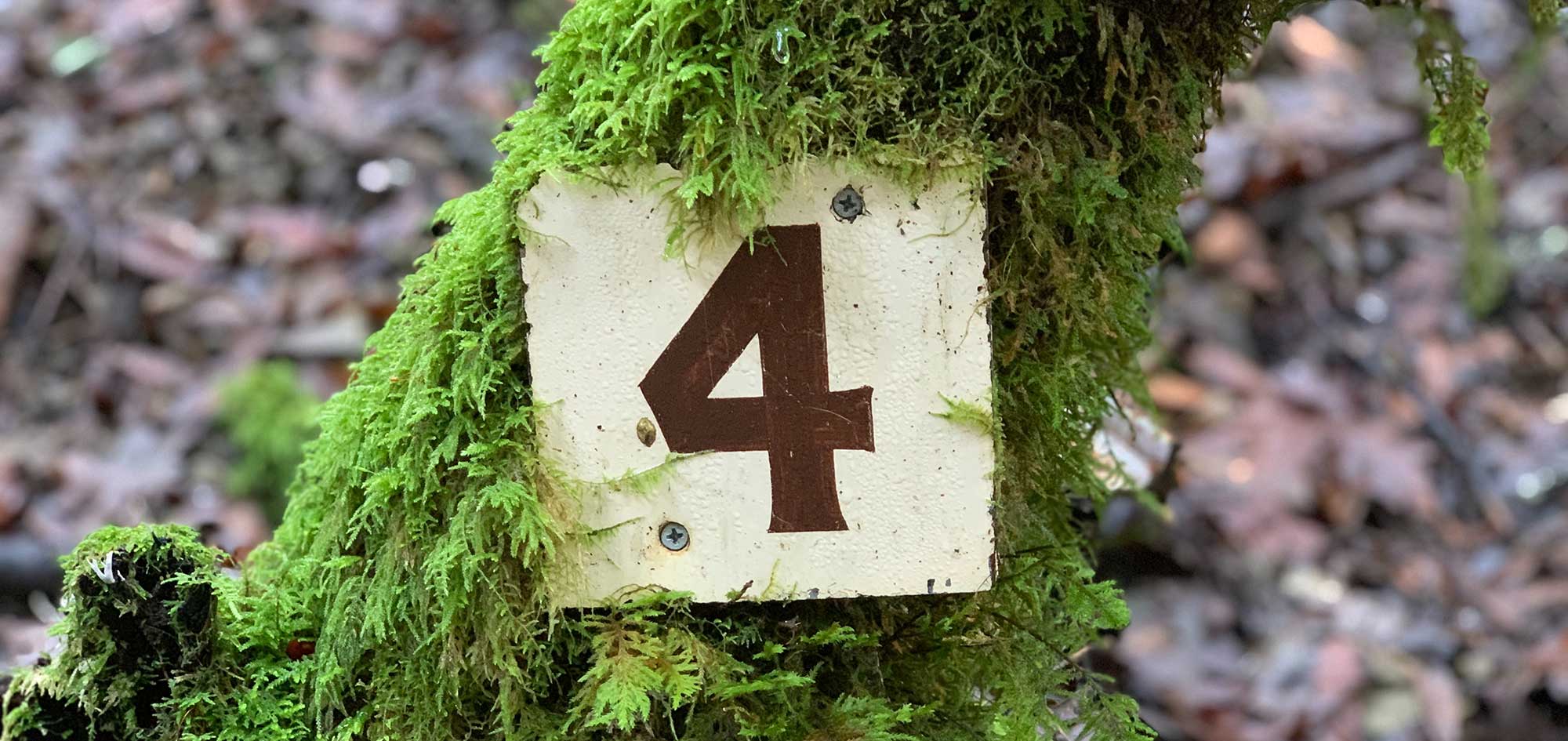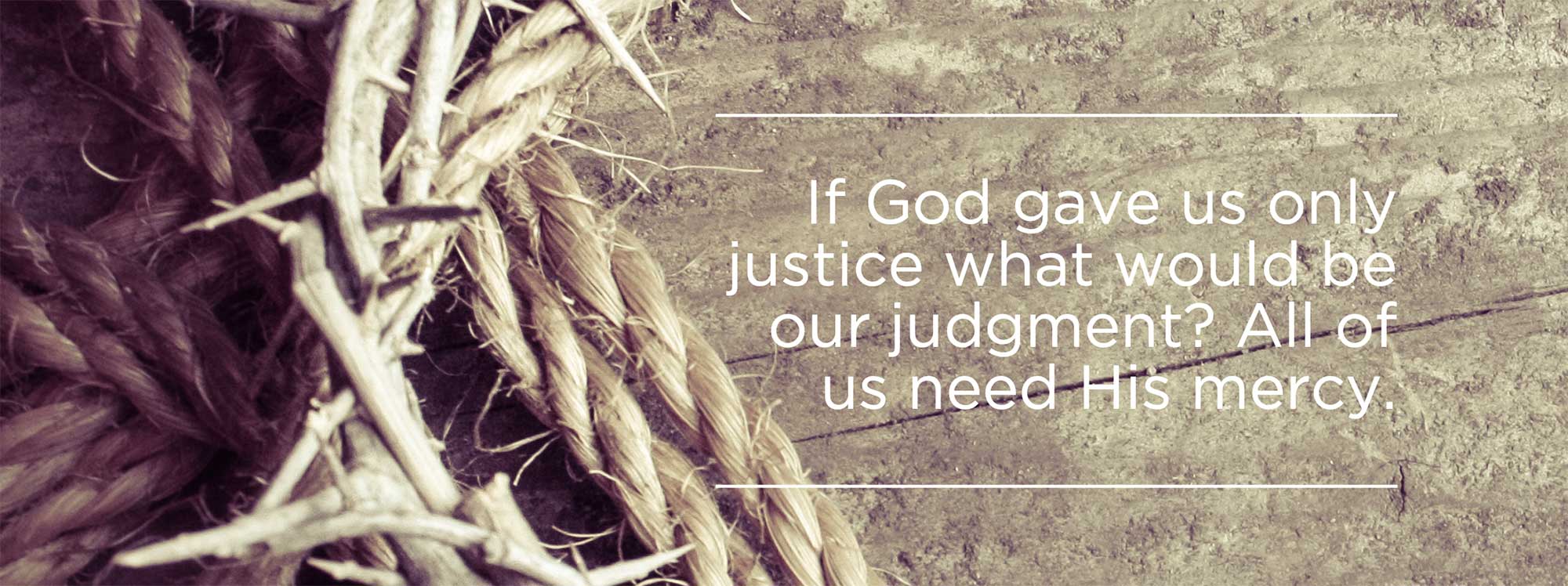
Revelation Hope – God’s Temple in Heaven
Understanding Old Testament Sanctuary Imagery in Revelation
We are going to focus on the scene found in Revelation 11:19 and its meaning for us today.
This is a picture of the sanctuary in heaven.
It is a scene that occurs only once a year on the Day of Atonement.
It is full of majestic but dramatic imagery we could see in movies:flashes of lightning, rumblings of thunder, earthquakes and great hail.
Amid all of this, we see the Ark of the Covenant revealed in the flashes of lightning.
To understand the significance of this scene, we need to look again at the sanctuary service found in the Old Testament.
There is more written on this subject in the Bible than any other.
For example, the Books of Exodus and Leviticus have chapter after chapter explaining the sanctuary services.
Then there is the Book of Hebrews in the New Testament explaining what all of this means to Christians.
Focusing on What’s Ahead
As already discussed, John gives us what we have chosen to call “guide posts” to help us stay on course as we look at the prophecies of Revelation.
In this session, we are going to see two very significant guide posts that will help us through the second half of this book.
Let’s begin to look at the verses for this session and see how it relates to what we have discovered in Revelation.
Last session we finished up with the seventh trumpet sounding in Revelation 11:15—the time when God steps into human history and takes up His kingdom.
This links to Revelation 10:5–7 where the angel announces the contents of the sealed book, in connection with the finishing of the mystery of God.
The symbolism of the two witnesses shows how Christ’s followers have been witnessing to the world over a long period of time.
But now we come to the end of that proclamation: the sounding of the seventh trumpet announces it’s completion.
The world belongs to God and He will take full charge of it at the appropriate time.
When He does, He will right all the wrongs of history, shattering all opposition to His rule.
God will reward both small and great—just as He will punish both great and small.
Following the sounding of the seventh trumpet is a time of praise coming from the 24 elders around the throne of God (see 19 verses 16–18).
So what can we learn about the second half of Revelation from these verses?
Let’s look at our guide post which summarises what is coming up.
Revelation 11:16–18 is a guide post for the remaining chapters of Revelation.
Those who face grief or hardship anywhere in the world can appreciate the message of the seventh trumpet.
The Big Picture
John takes the message from the open scroll and eats it. It is sweet at first but turns bitter in his belly. The gospel brings sweetness but when we share it with others it can lead to bitterness.
This bitterness is seen in the experience of the two witnesses put to death. We see here the church following in the footsteps of her Lord. As they treated Jesus, so they will treat His church.
This experience of the church as, it takes the gospel’s final call to the inhabitants of the earth, is the focus for the remaining chapters in Revelation. Chapter 11 is like an overture; chapters 12 to 22 elaborate on this experience and the final conflict regarding worship. It is the preaching of the gospel during this time that causes a reaction from anti-Christian forces.
Before we leap into finding out more about the final events on Planet Earth, there is another scene in heaven to explore.

Previewing the Second Half of Revelation
The words of Revelation 11:16–18 reveal to us the content of the second half of the Book of Revelation.
The powers of this world, both religious and secular, will set themselves against the God of heaven and His people, but God will step in and destroy those powers to deliver and reward His people.
1. The nations were angry.
Revelation 12:17 talks of the dragon bringing it’s wrath upon the woman (followers of Jesus).
Revelation 13 talks of the final test of loyalty over worship.
If Jesus’ followers will not obey earthly powers they will be put to death.
2. Your wrath has come.
Revelation 15 introduces the seven last plagues, which are portrayed as the wrath of God.
3. Time to judge the dead.
In Revelation 20:12, the dead stand before the great white throne and are judged.
4. Time for rewarding the saints.
Revelation 21 and 22 show us the new earth, which is the reward for God’s people.
5. Destroy those who destroy the earth.
Revelation 19:2 describes how the great prostitute has corrupted (destroyed) the earth. Revelation 20 reports the destruction of the wicked
Key Issues
Some key issues at stake are also revealed here. Verse 19 helps identify some of those issues with its depiction of the Ark of the Covenant.
We have seen in previous sessions how the covenant made with Israel sets the scene for the loosening of the seals and the consequences, which now come down on those who are unfaithful.
The Old Testament tells the story of how God has renewed His covenant on many occasions with Israel because they kept breaking it.
Wars, famines and wild animals were all part of God’s effort to bring Israel back to Him and maintain His covenantal relationship with them.
All God wants to do is put the law into His people’s hearts and minds.
Read Jeremiah 31:31-33
What do you think this means?
In Old Testament times, God had to keep renewing His covenant with Israel because of their failure to enter into the covenant as it was offered to them.
Notice what the text in Jeremiah when it is repeated in Hebrews 8:7- 12 and applied to Christians today.
In verse 9, it tells us that God had to offer His covenant again because of Israel’s failure to enter into it correctly.
The fault was with their response, not with what God had offered.
God never offers anything faulty; He had to offer His covenant again while seeking a proper response from His people.
In both the Hebrew and Greek languages, the words used here to express the idea of a new covenant are also the words which denote renewal.
It’s like using words to describe a new second-hand car as compared to a brand new model.
God finds He needs to renew His covenant because of their failure to enter into it.
He is really offering the same covenant again.

One Plan of Salvation
God has always wanted to write the law in our hearts and minds.
God promotes only one plan of salvation.
Regardless of when we live in history, everyone who gets to heaven gets there because of Jesus.
Heaven will not be divided up into: those who lived before the cross and had to work hard at obeying the law to get there; and those who lived after the cross who just had to trust in Jesus.
We are all treated the same way.
So, how did those who lived before the cross learn of Jesus?
They learned of him through the temple service.
The animals offered in sacrifice were to teach them that one day someone would die for them so that they could be forgiven.
That’s how they heard the gospel in Old Testament times.
In Revelation so far, we have learned that when Israel wandered away from God, they received the curses of the covenant to help bring them back.
So the covenant is an important part of the imagery in Revelation.
With this background in mind we are able to see the significance of the scene in verse 19.

God’s Ten Commandments
When Christ died, there was an earthquake and the Most Holy Place in the temple on earth was exposed (see Matthew 27:51).
In verse 19, we again have an earthquake and the Most Holy Place of the heavenly sanctuary is exposed.
This is imagery coming from the Day of Atonement.
At the end of the Jewish religious year, when the High Priest went into the Most Holy Place it represented a day of judgment for all Israel.
The Ark of the Covenant was found in the Most Holy Place, which contains the Ten
Commandments—the basis of the covenant.
Revelation uses three terms to imply the Ten Commandments:
• Ark of the Covenant (Revelation 11:19)
• Tabernacle of the Testimony (Revelation 15:5)
• Commandments of God
(Revelation 12:17; 14:12).
These terms are also used in the Old Testament to refer to the Ten Commandments.
Notice in Exodus 34:28, 29, all three terms are used for the two tables of stone Moses received from God on Mount Sinai.
Again, in Exodus 40:20 Moses, put the tables of testimony inside the ark.
When the words ‘testimony,’ ‘covenant’ and ‘commandments’ are used in association with the sanctuary, the meaning always applies to the Ten Commandments.
While Revelation does not mention the term ‘Ten Commandments’ specifically by name, we know this is what is being referred to under the Old Testament temple descriptions.

God’s Covenant, the Law and the Last Conflict
The importance of being obedient to God’s law will become clear as we approach the last conflict.
Notice the structure of Revelation again:
⸺› A. The Church Militant, chapters 1–3
⸺⸺› B. The War Begins, chapters 4–8:1
⸺⸺⸺› C. Trumpet Calls to Surrender, chapters 8:2–11:17–19
⸺⸺⸺⸺› D. Synopsis of the War, chapters 12:1–14:20
⸺⸺⸺› C. Amnesty Ends and Judgments Fall, chapters 15–18
⸺⸺› B. The War is Won, chapters 19–20 ⸺› A. The Church Triumphant, chapters 21–22
Notice how the ideas at the beginning [A] and the end [A] parallel each other as does the second [B] and the third [C] until we reach the centre [D].
John is about to take us into the section entitled above as [D]: Synopsis of the War. In Revelation 12:1–14:20 we have the last scene guiding us to understand what is coming up.
After having left the hub [D], which is the final crisis over worship, we find another guide post following this, pointing back to where we have been in Revelation 15:5.
Once again we see the temple of God in heaven. This time it is called “The Tabernacle of the Testimony,” which is another way of referring to the Ten Commandments.
It is as if we are given an introduction to the coming conflict (see verse 11:19).
Then, after the conflict and the consequences are about to be faced, we are pointed back to make sure we understand what has been going on.
Once again, we see the Most Holy Place of the heavenly temple (see verse 15:5–8) and it is called the Tabernacle of the Testimony (or Ten Commandments).
It is as if 11:19 and 15:5–8 form a framework around chapters 12–14.
Both passages are set in the Most Holy Place and both include manifestations of the glory of God that recall the giving of the law at Mount Sinai.
The awesome scene in Revelation 11:19—with all the dramatic effects of thunder, lightning,an earthquake and a great hail storm—is a way of telling us that the second half of the book is going to feature a religious crisis.
It was alongside the Ark of the Covenant that the scroll of the covenant was stored (see Deuteronomy 31:24–26). Previously, we have seen the seven-sealed scroll—being opened by the Lamb—as having links with the book of the covenant. The physical manifestations given in this verse are similar to what accompanied the giving of the Ten Commandment law and the writing of the book of the covenant at Sinai”
(see Exodus 20:18).
Obedience to the Ten Commandments, as our response to accepting Jesus, is vital.
In Revelation 12, the dragon gives Jesus’ followers a difficult time down through the ages.
At the very end, verse 17 declares that he goes to make war with those who keep the commandments of God.
Revelation 13 describes a final test of obedience to God’s law.
The first four commandments—sometimes referred to as the first table of the law—is in focus here.
The end-time conflict revealed in Revelation 13 is where we can also see that the first four commandments of God are a part of the conflict.
We can find these commandments listed in Exodus 20:3-11.
They are worshipping the beast in verse 8.
Which commandment are they breaking?
They are worshipping an image in verse 15.
Which commandment are they breaking?
In verse 6 the beasts they are worshipping, blaspheme the name of God.
What does the third commandment say about this?
What About the Fourth Commandment?
The fourth commandment details a time for worship and that the seventh day is the Sabbath (see Exodus 20:8-11).
We will see this more clearly as an issue in the end time when we look at the special message God gives to His people to preach (see Revelation 14).

The Significance of God’s Ten Commandments
In Revelation 14:12, God’s people are identified as those who obey God’s commandments.
So we have at least the first three of the 10 commandments in focus here. The big issue is “worship,” a word that recurs frequently in Revelation 13.
The last great crisis will involve who, how and when we worship.
We will see in Revelation 13 the “when” factor of worship comes into focus as well, as detailed in the fourth commandment (see Exodus 20:8-11). It says to remember the Sabbath day to keep it holy.
We are to remember, God is the One who made heaven and earth, and the springs of water.
We are not going to look in depth at the fourth commandment now but let’s see if we can find a clue regarding worship as an end-time issue.
In Revelation 14:6, 7, God’s response to the crisis is to send a message with a call to worship our Creator.
Revelation does not use direct quotes from the Old Testament passages.
Instead, it alludes to ideas with a word, phrase, name, place or some other important element.
Rarely are there more than two or three words from the one passage.
Normally, the number of words coming out of a concept measures the strength of its link with an Old Testament Passage.
But Revelation 14:6, 7 has one of the strongest allusions to an Old Testament passage, echoing the fourth commandment as found in Exodus 20:8-11
Write down the words dealing with worship that link both passages. Compare the wording in Exodus 20:8-11 with Revelation 14:7.
Verse 6 is talking about the everlasting gospel. Here is an ideal response to the gospel we rest from our labours just as God did from His.
But only those resting in Christ for their salvation can really keep this commandment.
Those who “remember the Sabbath” are following in the footsteps of Jesus. Jesus kept the Sabbath.
In fact, as the Creator described in Genesis, He is the one who created the Sabbath (see John 1:1-3, 10 & 14).

The Christ of Calvary is the Creator
Notice how even the story of the death of Jesus is linked with the Genesis story of Creation:
• God made humankind in His own image (Genesis 1:26)
• The first humans sinned against the creator (Genesis 2:8)
• On the sixth day, God finished it and rested (Genesis 2:1)
• The first full day our first parents spent on earth together with the Creator was the seventh day and they rested (Genesis 1:27, compare 2:2).
Compare this with:
• Jesus perfectly reflected the image of God (John 14:9; Hebrews 1:3; Colossians 1:15)
• Jesus was crucified to pay the price for the sin of all humanity. (John 19:41)
• On the sixth day, He called out: “It is finished.” (John 19:30)
• Then He rested in the tomb on the Sabbath (John 19:42).
Understanding God’s Mercy
The exposure of the Most Holy Place and the Ark of the Covenant, as shown in Revelation 11:19, reminds us of God’s mercy towards us.
The Ark of the Covenant had a mercy seat where justice and mercy met.
This is a vital concept in God’s plan to help us.

The last great crisis will involve who, how and when we worship..
For a little more……..